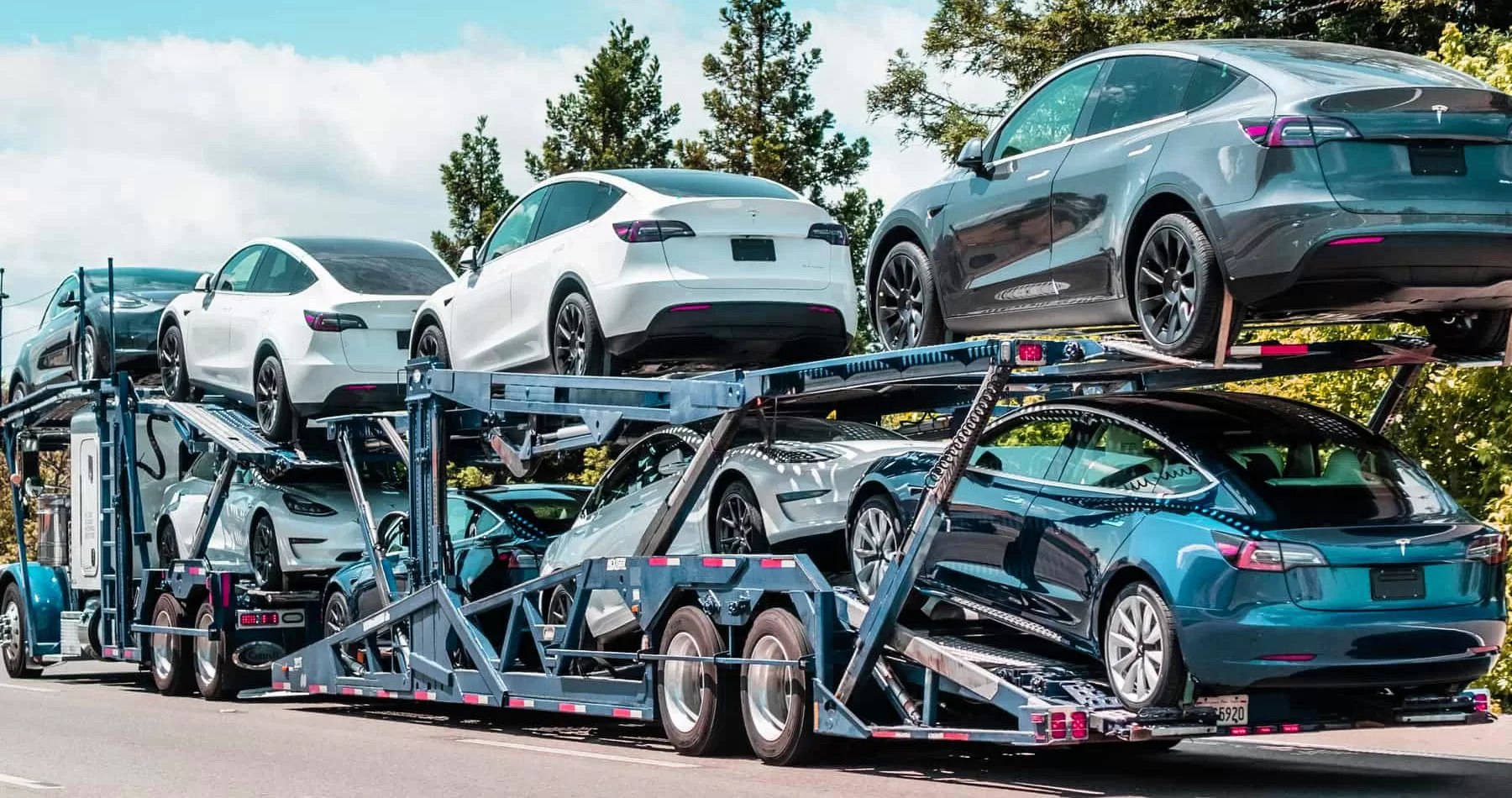Hello, automobile enthusiasts. Have you ever considered or been curious about bringing sleek Japanese beauty cars to American roads? If so, then stop wondering and prepare for an exciting journey because in today’s article, we will simply discuss the process of transporting a car or any other vehicle from Japan to the United States. From researching the regulations and locating a reliable exporter to navigating customs and registration, we will go over the entire process step by step in this article. So, buckle up and come along with us as we reveal the secrets to making your dream cars a reality in the land of Stars and Stripes.
How to import a car from Japan to USA- Steps Explained
Research:
To transport your car from Japan to the USA, first of all, you have to do research for the specific regulations and requirements that are needed in the whole process. These laws and necessities include emission standards safety regulations and any other important paperwork that is required.
Find a trusted exporter:
Secondly, you have to do research on the most trusted and reputable companies who transport cars across borders. Then you have to choose one for your car transportation process. After selecting the specific company, you have to seek a trustworthy exporter who is skillful and has extensive experience in exporting cars from Japan to the USA and can provide all the necessary documentation.
Select a shipping method:
You have many choices and methods to transport your car from Japan to the USA and then you are free to choose any of them that you find suitable for you. You can either choose to ship by sea or by air. Car transportation by sea is a little cost-effective but it takes longer to ship from Japan to the USA whereas Air freight is a faster method but is very expensive at the same time.
Arrange shipping and insurance:
When you have chosen a method for the transportation of your car, you have to work with the exporter to arrange the shipping and insurance of the car. It is very crucial to get insurance, in order to cover the damage if it occurs during the entire proceeding. Just because of getting insurance, they will be bound to handle the logistics and make sure that your car is properly protected during the whole process of transportation of car.
Clear customs:
It is essential to clear the customs which includes submission of the necessary documentation such as the bill of lading, import declaration, and any other required permits or certificates just before your car enters the USA.
Pay import duties and taxes:
The calculation of the import duties and the taxes is a very important and crucial step to follow. Once you have calculated the whole cost you have to pay it for the transportation of your car from Japan to the USA to the company or to the importer who is importing your car across borders. The cost of the whole process may change according to the value of your car or its specifications.
Transport the car to your location:
You can consult the importer and arrange for the transportation of your car from the port of Japan to your desired location in the USA (any place where you want to send your car). People have the freedom to choose any way of importing your car that suits you and you do not have to get worried about picking up your car by yourself. You may hire any transportation company to deliver your car to you.
Register the car:
Eventually, you have to register the imported car with the appropriate authorities in your state. These will include providing the necessary documentation, paying any applicable fees, and obtaining license plates.
Conclusion:
It is very crucial to consult with the professionals who have the specialization and skills in importing the cars to ensure a smooth and legal process.
READ MORE :
- All About Aston Martin Cars
- Audi e tron Review
- Bently Continental GT price in India
- BMW X1 Price in India
- Brezza 2022 Launch date in India
- Why Bugatti Is So Expensive?
- Best car dealers in Dubai
- Concorde Motors Kochi
- Honda Showroom Kochi
- Indus Motors Thevara
- KIA DEALERS IN PUNE
- Lamborgini Showroom in India
- Nippon Toyota Kalamassery
- Rolls Royce Showroom in India
- Sai Service Pathadipalam
- Top 10 Car Showrooms Kottayam,
- Top 5 Car Showrooms Trivandrum
- BREZZA 2022 vs TATA NEXON
- Citroen C3 price in India
- 2021 Chevrolet corvette vs Mustang Shelby GT50
- Is Mercedes-Benz better than BMW?
- EcoSport Price in Kerala
- Upcoming Ford cars in India –
- Alcazar
- Cars price in India
- Hyundai Creta
- i20 Price in Kerala on-road
- venue price in India
- KIA Carens price in India on road
- Carnival 2021 India
- KIA Cars on road price in India
- seltos price in Kerala
- Kia sonet price in Kerala
- Landrover Range rover Evoque review
- Mahindra Bolero Neo
